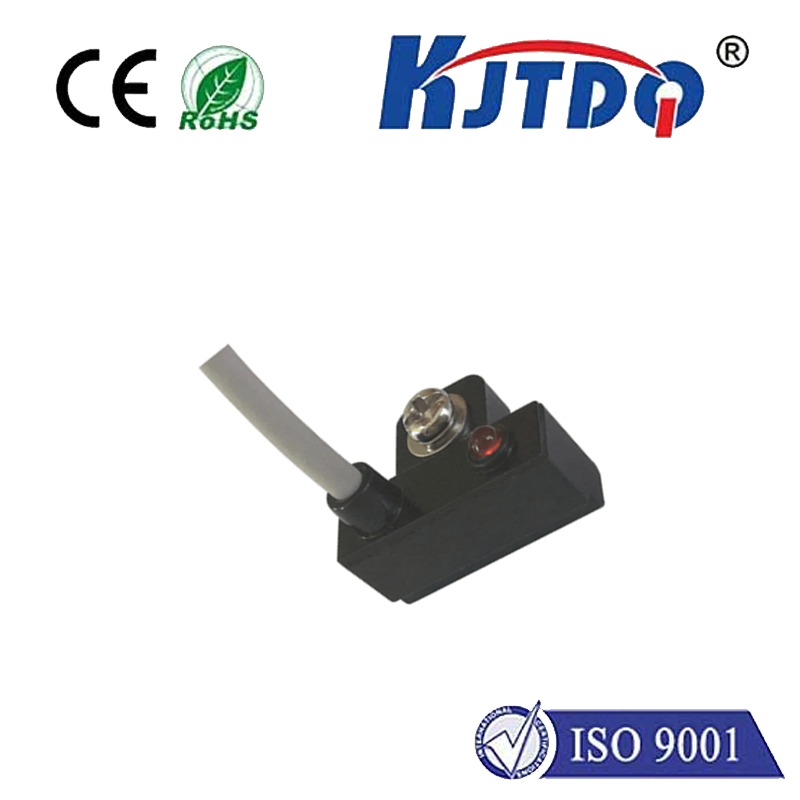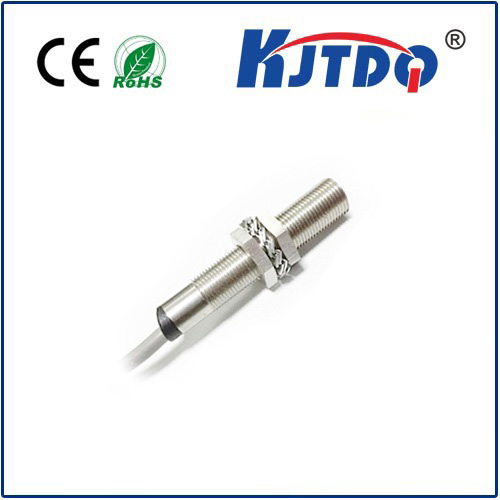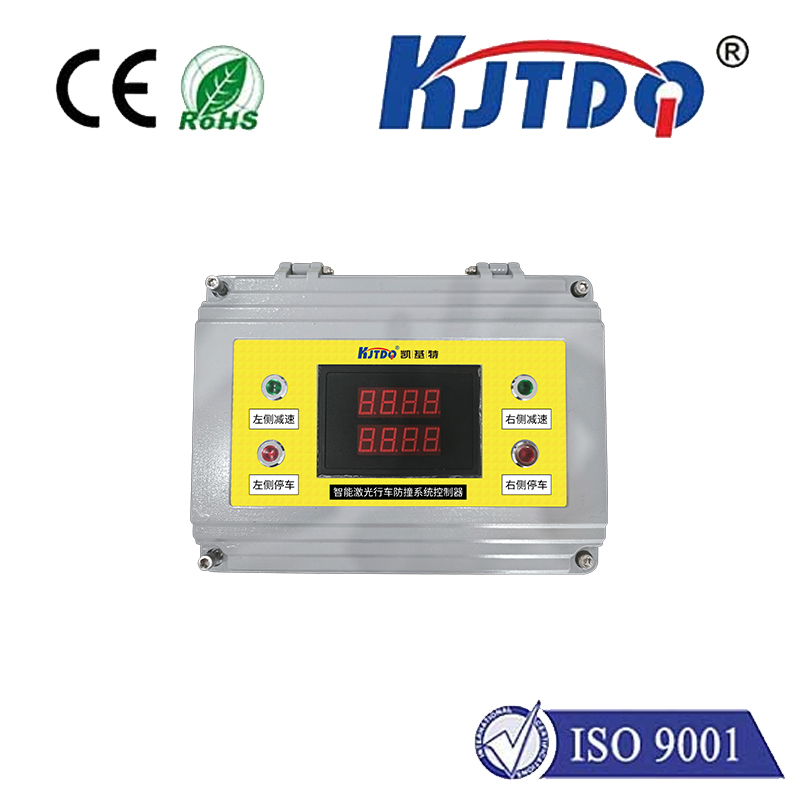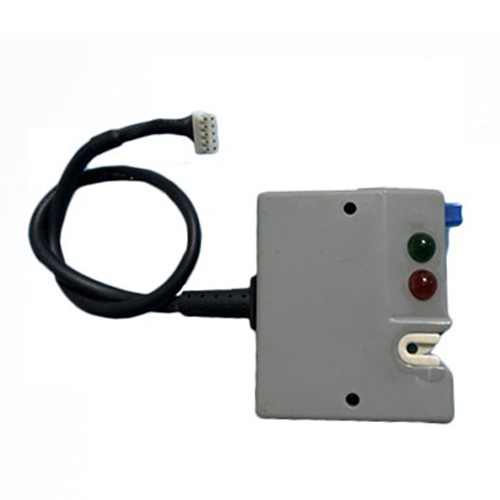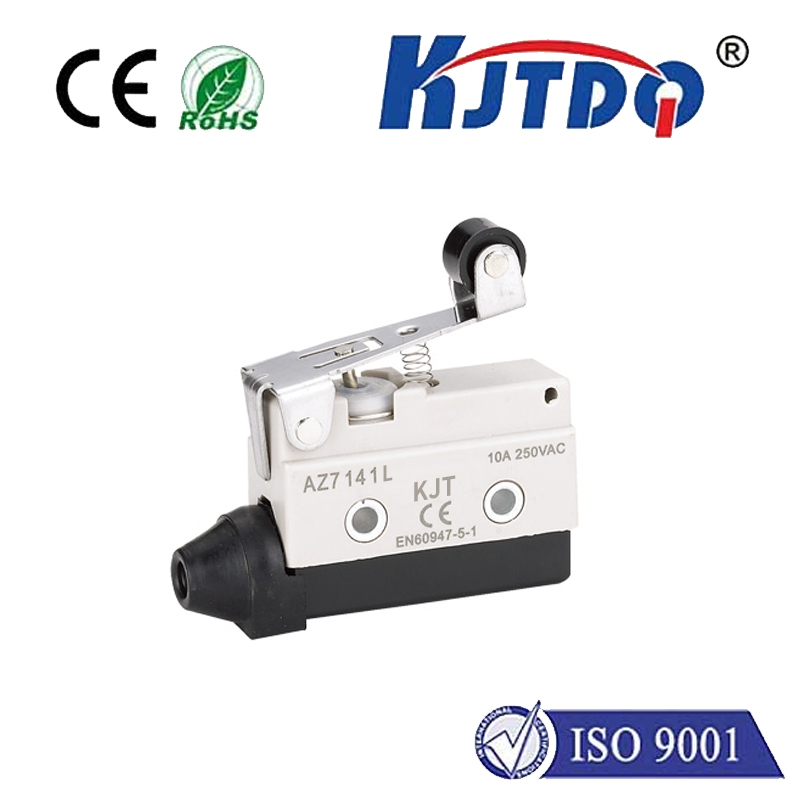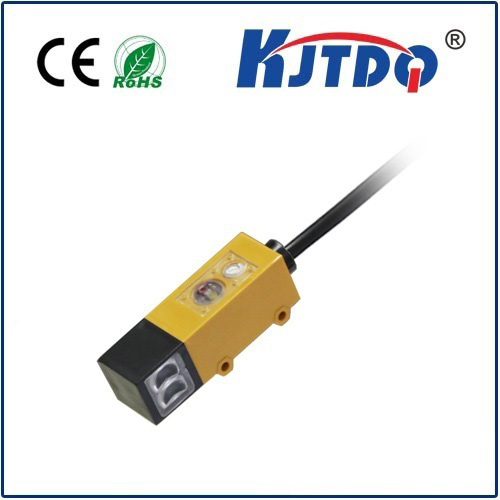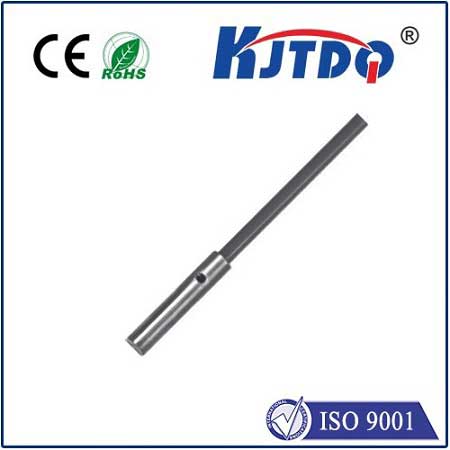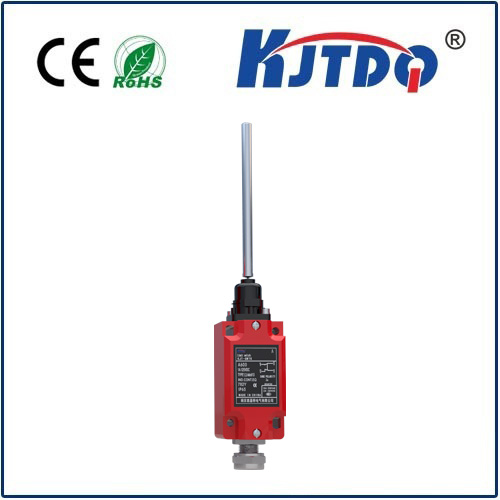температурный ограничитель
- time:2025-08-04 09:44:37
- Нажмите:0
Temperature Limit Switches: Your Essential Safety Barrier Against Overheating Disasters
Imagine a critical industrial oven baking sensitive components. Picture a high-performance electric motor straining under load. Envision a server room packed with heat-generating electronics. Now, picture the devastating consequences if these systems spiral uncontrollably towards catastrophic overheating. This is the stark reality that temperature limit switches exist to prevent. Far more than simple thermometers, these guardians are fundamental safety components, acting as the last line of defense to avert equipment damage, fire hazards, and costly downtime by instantly cutting power when temperatures reach a dangerous threshold.
What Exactly is a Temperature Limit Switch?
At its core, a температурный ограничитель is an automatic safety device designed to interrupt electrical power to a system when its monitored temperature exceeds a preset, non-adjustable limit. Unlike thermostats that regulate temperature within a band, the primary and non-negotiable role of a limit switch is safety shutdown. Think of it as an electrical circuit breaker specifically triggered by excessive heat.
These devices operate on relatively straightforward yet highly reliable principles. The most common sensing elements include:
- Bimetallic Strips: Two dissimilar metal strips bonded together. As temperature rises, they expand at different rates, causing the strip to bend. This mechanical movement directly or indirectly actuates a snap-action switch mechanism when the critical temperature limit is reached.
- Thermal Fuses (One-Shot Types): These contain a fusible alloy pellet designed to melt at a specific temperature. Once the limit temperature is exceeded, the pellet melts, permanently breaking the electrical circuit (requiring replacement).
- Thermal Cutoffs (Resettable Types - less common for hard limits): Often using wax pellets that expand significantly at a set point, physically pushing against contacts to open the circuit. Some may automatically reset once cooled, though true safety limit switches are typically the non-resettable or manually resettable type to ensure intentional intervention after a trip.
The critical component is the internal switch itself, almost always configured as Normally Closed (NC). This means electrical current flows freely through the device under normal operating conditions. Crucially, when the temperature limit is breached, the sensing element acts, forcing the internal switch contacts to snap open (NC opens). This immediate action breaks the circuit, cutting power to the heater, motor, or other heat-generating component it’s protecting. This fail-safe design ensures that even a failure within the switch mechanism itself (though rare in quality devices) often results in an open circuit, favoring safety.

Where are Temperature Limit Switches Vital? Their Ubiquitous Role
The application scope for these critical safety devices is vast, spanning numerous industries and equipment types:
- HVAC Systems: Protecting furnaces and boilers from overheating due to blocked airflow, fan failure, or control malfunctions. Positioned typically in the plenum or heat exchanger.
- Industrial Machinery & Equipment: Guarding motors, pumps, bearings, gearboxes, hydraulic systems, injection molding machines, and extruders against thermal runaway caused by friction, overload, or cooling loss.
- Commercial & Home Appliances: Found in clothes dryers (preventing lint fires), electric water heaters (preventing excessive pressure/temperature), ovens, coffee makers, and space heaters.
- Power Electronics & Transformers: Preventing catastrophic failure in power supplies, drives, UPS systems, and transformers.
- Laboratory & Medical Equipment: Ensuring safety in autoclaves, incubators, sterilization units, and other temperature-critical devices.
- Transportation: Protecting motors, batteries, and electronic control units in electric vehicles, trains, and aircraft.
Selecting the Right Temperature Limit Switch: Key Considerations
Choosing the appropriate limit switch is critical for effective protection. Key factors include:
- Set Point (Trip Temperature): This is the exact temperature at which the switch must open the circuit. It should be safely above the maximum normal operating temperature but well below the damaging temperature of the protected component. Precision here is paramount.
- Electrical Rating: The switch must reliably handle the voltage (V AC/DC) and current (Amps) of the circuit it’s interrupting, including potential inrush currents.
- Sensor Type & Response: Selecting between bimetallic or thermal fuse types based on required accuracy, reset capability (manual, automatic, none), and speed of response. Bimetallic switches often offer faster response times than thermal fuses.
- Environmental Factors: Consider exposure to moisture, chemicals, vibration, and dust. The switch’s housing (metal, plastic) and ingress protection rating (IP) must be suitable.
- Regulatory Compliance: Ensure the device meets relevant safety standards for the application and region (e.g., UL, CSA, VDE, IEC, RoHS).
- Form Factor & Mounting: Physical size, mounting style (stud mount, flange mount, surface mount), and probe length/sensitivity location must suit the installation point.
Installation Best Practices: Location is Everything
A temperature limit switch is only as effective as its placement. Proper installation is non-negotiable. The sensor must be in direct, reliable thermal contact with the specific component or area requiring protection – the spot most likely to overheat first or most critically. Common locations include:
- Mounted directly on motor windings or casings.
- Embedded in or clamped onto bearing housings.
- Positioned within the air stream exiting a heater (e.g., furnace plenum).
- Attached directly to heat sinks on power electronics.
- Immersed in fluid reservoirs (using appropriate immersion-rated sensors).
Avoid locations with poor heat transfer, excessive vibration without damping, or potential for damage. Wiring must follow electrical codes and schematics precisely, ensuring the switch is correctly integrated into the control circuit’s safety shutdown loop. Regular functional testing (often mandated by safety standards) is crucial to verify the switch activates at the correct temperature.
Beyond Basic Protection: The Tangible Value Proposition
Investing in reliable, correctly specified and installed temperature limit switches delivers substantial benefits:
- Повышение безопасности: Dramatically reduces the risk of fire and equipment explosion due to thermal runaway – protecting personnel and facilities.
- Equipment Longevity: Prevents costly damage to motors, bearings, electronics, heating elements, and other critical components by halting operation before critical failure temperatures are reached.
- Minimized Downtime: While a trip event causes an immediate shutdown, it prevents far more extensive, costly, and time-consuming repairs or total equipment replacement caused by catastrophic overheating.
- Insurance & Compliance: Many insurance policies and regulatory bodies require functional safety devices like temperature limit switches on specific equipment. Proper implementation ensures compliance and can reduce insurance premiums.
- Peace of Mind: Knowing that a robust, independent safety mechanism is actively guarding against thermal disaster allows for greater confidence in system operation.
In a world increasingly reliant on complex, heat-generating machinery and electronics, the температурный ограничитель stands as a critical, often unsung hero. Its singular purpose – to act decisively when temperatures threaten safety – makes it an indispensable component in safeguarding assets, protecting lives, and ensuring operational continuity. Understanding their function, selection criteria, and installation nuances is essential for anyone responsible for the design, maintenance, or safety of temperature-critical systems.

